Description
Moulin Rouge is a cabaret in Paris, on Boulevard de Clichy, at Place Blanche, the intersection of, and terminus of Rue Blanche.
In 1889, the Moulin Rouge was co-founded by Charles Zidler and Joseph Oller, who also owned the Paris Olympia.
The original venue was destroyed by fire in 1915, reopening in 1925 after rebuilding. Moulin Rouge is southwest of Montmartre, in the Paris district of Pigalle on Boulevard de Clichy in the 18th arrondissement, and has a landmark red windmill on its roof. The closest métro station is Blanche.
Moulin Rouge is best known as the birthplace of the modern form of the can-can dance. Originally introduced as a seductive dance by the courtesans who operated from the site, the can-can dance revue evolved into a form of entertainment of its own and led to the introduction of cabarets across Europe. Today, the Moulin Rouge is a tourist attraction, offering predominantly musical dance entertainment for visitors from around the world. The club’s decor still contains much of the romance of fin de siècle France.
On 6 October 1889, the Moulin Rouge opened as the Jardin de Paris, an outdoor garden café-concert, at the foot of the Montmartre hill. Its creator Joseph Oller and his Manager Charles Zidler were formidable businessmen who understood the public’s tastes.
The aim was to attract wealthy individuals to experience the ambiance of the fashionable district of Montmartre, which was perceived as a form of slumming. The elaborate setting, featuring a garden adorned with a large elephant, provided an environment where individuals from various social strata could interact. This included workers, local residents, artists, the middle class, businessmen, stylish women, and tourists passing through Paris. Nicknamed « The First Palace of Women » by Oller and Zidler, the cabaret swiftly garnered significant acclaim. Key factors contributing to its success included:
- Revolutionary auditorium architecture enabling rapid changes of décor and fostering social interaction among all patrons.
- Champagne evenings characterized by lively entertainment and dancing, featuring regularly changing amusing acts like Le Pétomane.
- A new dance, inspired by the quadrille and gaining popularity, known as the Can-can. Dancers performed this energetic dance to a lively rhythm while wearing provocative costumes.
- Prominent dancers from the era included figures such as la Goulue, Jane Avril, la Môme Fromage, Grille d’Egout, Nini Pattes en l’Air, Yvette Guilbert, Valentin le désossé, and the clown Cha-U-Kao.
- A favored venue among artists, including Toulouse-Lautrec, whose posters and paintings contributed to the rapid and international renown of the Moulin Rouge.

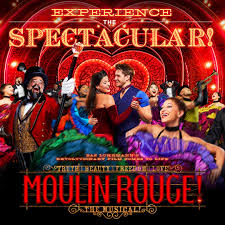
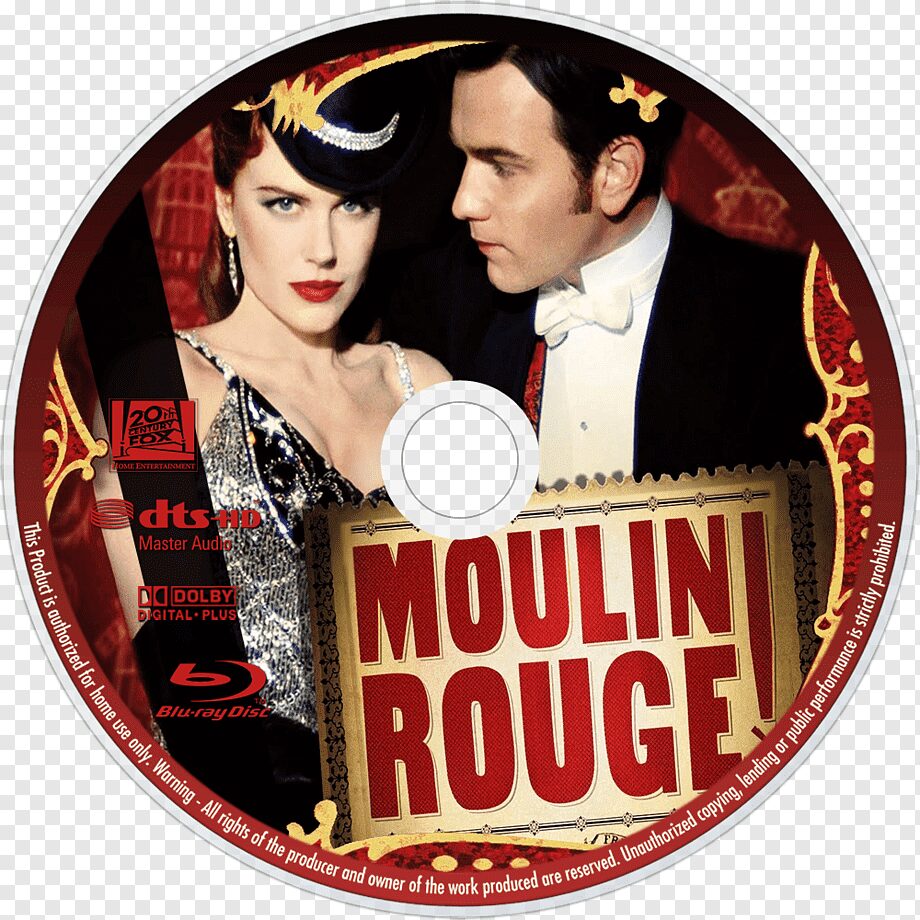

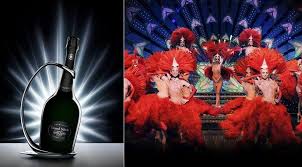
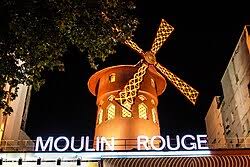
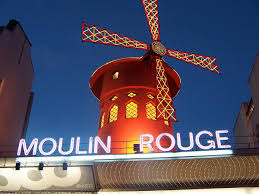
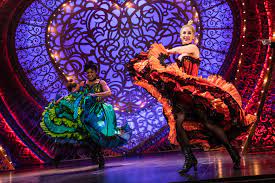
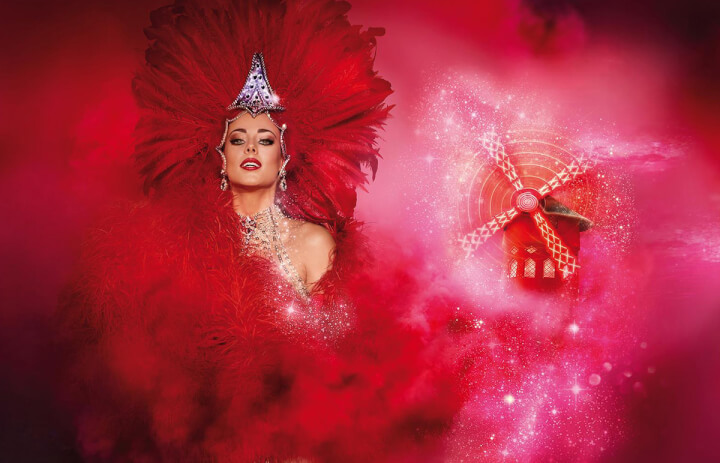
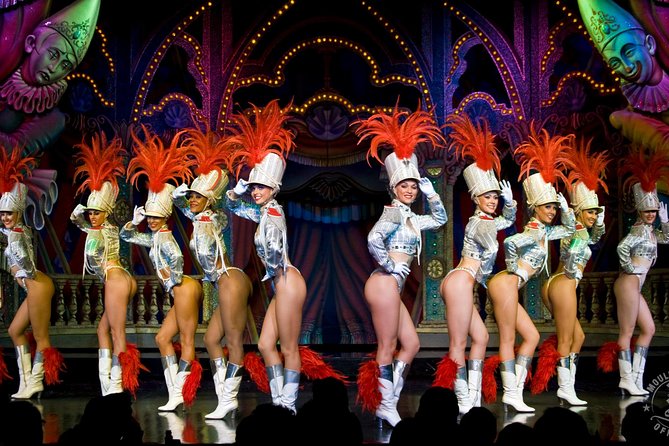

Reviews
There are no reviews yet.